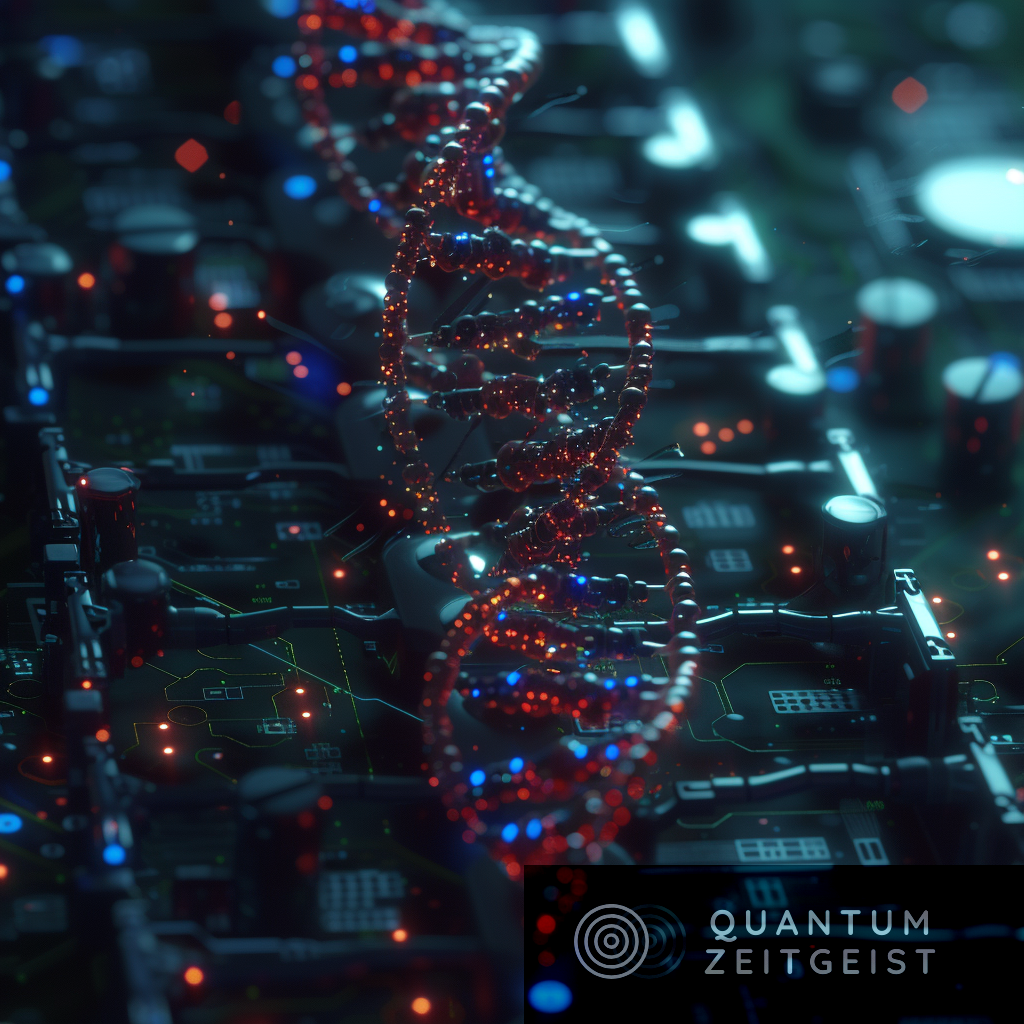Researchers Xingyi Liu and Keshab K Parhi from the University of Minnesota have developed a new approach to molecular and DNA memristors, allowing for cascading. This new definition of state enables the creation of reservoir computing (RC) models that can process temporal inputs. The cascade connections in a reservoir can change dynamically, reducing the number of memristors needed. The researchers demonstrated that a DNA RC system, consisting of DNA memristors and a DNA readout layer, can be used to detect seizures and solve time-series prediction tasks. This advancement could have applications in drug delivery, protein therapy, DNA storage, and gene editing.
Introduction to Reservoir Computing with Dynamic Reservoir using Cascaded DNA Memristors
Researchers Xingyi Liu and Keshab K Parhi from the Department of Electrical and Computer Engineering at the University of Minnesota have proposed a new approach to molecular and DNA memristors. In the past, the state of these memristors was defined based on two output variables, which made cascading impossible due to differing input and output sizes. The researchers have introduced a different definition of state for the molecular and DNA memristors, allowing for cascading.
The Role of Memristors in Reservoir Computing Models
The proposed memristors are used to build reservoir computing (RC) models that can process temporal inputs. An RC system consists of two parts: a reservoir and a readout layer. The reservoir projects the information from the input space into a high-dimensional feature space. The researchers also studied the input-state characteristics of the cascaded memristors and found that they retain the memristive behavior.
The Advantages of Dynamic Reservoirs
The cascade connections in a reservoir can change dynamically, allowing the synthesis of a dynamic reservoir as opposed to a static one. This reduces the number of memristors significantly compared to a static reservoir. The inputs to the readout layer correspond to one molecule per state instead of two, which significantly reduces the number of molecular and DNA strand displacement (DSD) reactions for the readout layer.
Applications of DNA Reservoir Computing Systems
A DNA RC system consisting of DNA memristors and a DNA readout layer is used to detect seizures from intracranial electroencephalogram (iEEG). The researchers also demonstrated that a DNA RC system consisting of three cascaded DNA memristors and a DNA readout layer can be used to solve the timeseries prediction task. The proposed approach can reduce the number of DNA strand displacement (DSD) reactions by three to five times compared to prior approaches.
The Evolution and Future of DNA Memristors
Since the original concept of memristors was described by Chua in 1971, they have been utilized to build numerous machine learning systems, including in-memory computing systems and reservoir computing (RC) systems. DNA computing has also advanced significantly, with multiple artificial intelligence and machine learning functions achieved using DNA. The researchers’ work represents a significant step forward in the field, with potential applications in drug delivery, protein therapy, DNA storage, and gene editing.

